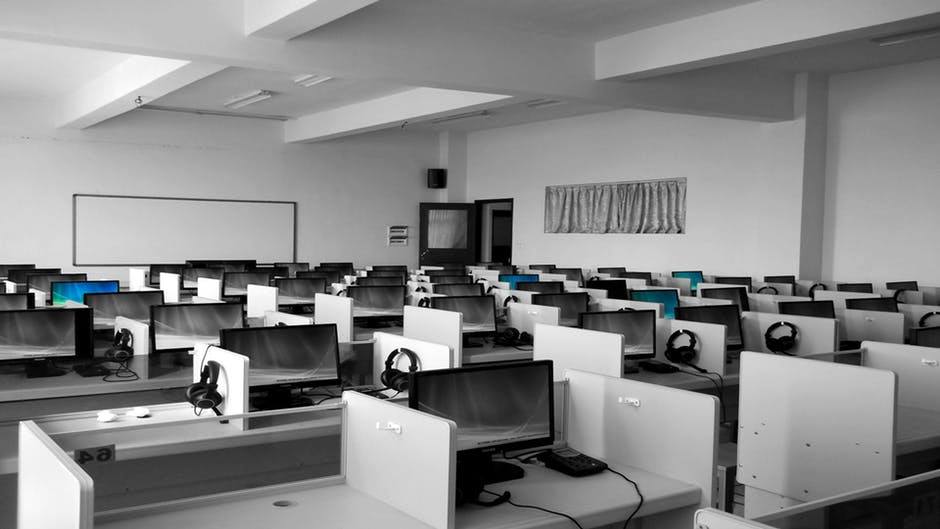Computer Recycling and Disposal Process
What Is Computer Recycling?
Computer recycling is the process by which desktop computers, including laptops, that are obsolete or no longer working are reprocessed and reused. Some of the most commonly recycled computer components include keyboards, processing units, integrated circuit (IC) chips, and motherboards. Computer recycling is also referred to as e-waste or electronic waste recycling.
A consequence of the consistent developments in technology is that there are more computers disposed of every year as consumers swap out their old devices for new, improved versions. The problem with this e-waste is that it should not be disposed of in the trash: like other electronic devices, it requires special disposal and recycling processes.
Why Are Computers Recycled?
One of the major reasons for computer recycling is to reduce the amount of electronic waste in landfills. But obsolete computers and unwanted electronics are also valuable sources of secondary materials that, when recycled, can reduce reliance on new products in the manufacturing process.

What Is The Computer Recycling Process?
The disposal of computers and similar electronic devices is particularly problematic as they are made with potentially toxic components such as cadmium, lead, silicon, chromium, and mercury that must be responsibly recycled.
A typical computer recycling process would include:
Computer disposal
Old and damaged computers are either collected from their location or are taken to a computer recycling center for waste recycling. Depending on the equipment, it may be purchased by the recycler or, in some circumstances, there could be a charge for e-waste disposal. The idea behind the recycling process is to help reduce the environmental impact of electronic waste and also to harvest components for use in manufacturing new products.
When computers are checked in they are inspected to identify any that can be reused and resold. Some may need minor upgrading or repair and these will be passed to technicians to complete the work. Before a refurbished computer is sold, the recycling company will ensure that any existing data is completely destroyed.
Disassembly
The purpose of disassembly is to break down the computer and electronics equipment into components that can be reused or recycled. The parts most often saved are the motherboard, graphics cards, hard disks, sound systems, and keyboards. These components can be sold to consumers as second-hand replacements or passed on to brokers for later resale in bulk.
Parts such as computer monitors, plastics, circuit boards, batteries, and heavy metals are usually transferred to downstream processing plants that specialize in recovering these materials.
Data Destruction
Destroying any personal or business information on hard drives is important even forensic reconstruction would not be able to recover private information. The most common processes used on hard drives and processors include physical shredding or degaussing with powerful magnets.
Computer recycling is an important part of making sure that all reusable parts are saved, reducing the need for primary manufacture as well as preventing electronic waste and toxic elements from ending up in landfills.
